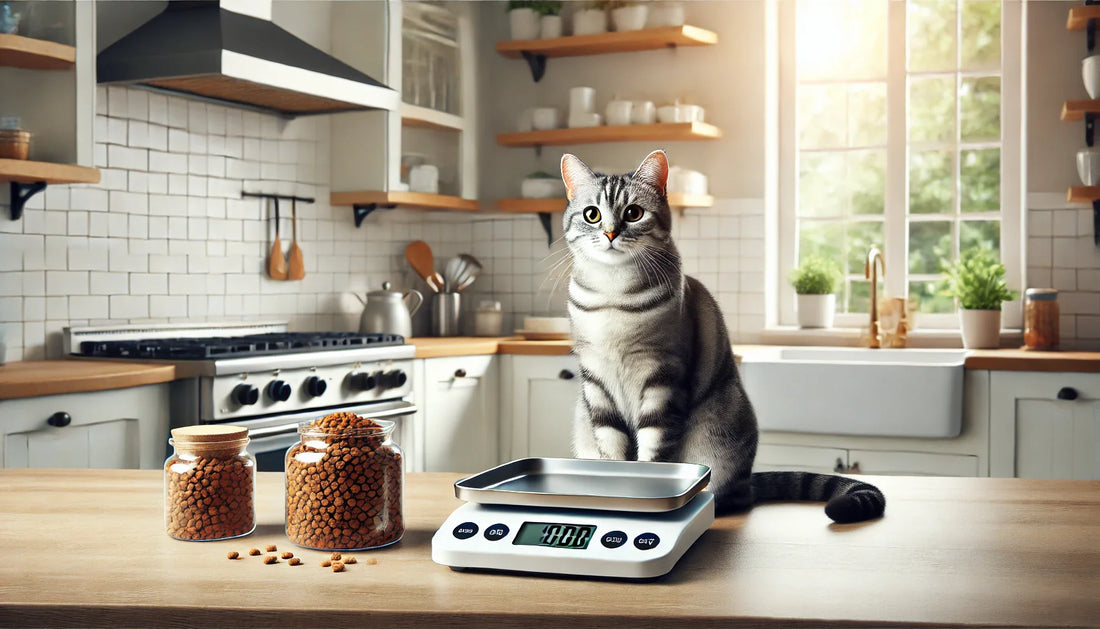
Indoor Cat Weight Management: Simple Diet Tips
Share
Introduction
Indoor cats may live longer, but they also tend to pack on extra pounds. Without outdoor adventures to burn energy, even a little overfeeding can lead to weight gain. The good news? Small, consistent changes to diet and routine can make a big difference in your cat’s health and happiness.
1. Measure Every Meal
Free-feeding may be convenient, but it often leads to overeating. Use a kitchen scale or measuring cup to portion each meal accurately. Brands like Royal Canin Indoor Adult Dry Cat Food include feeding guides by weight — a great starting point. Stick to scheduled feeding twice a day for better calorie control.
2. Choose High-Protein, Moderate-Fat Food
Cats are obligate carnivores, meaning they need protein to maintain lean muscle. Look for formulas with animal protein as the first ingredient, such as Hill’s Science Diet Perfect Weight Chicken Recipe. Avoid foods heavy in fillers like corn or wheat.
3. Mix Wet and Dry Food
Adding wet food like Purina Pro Plan Weight Management Wet Cat Food can help with hydration and portion control. Cats often feel fuller from moist meals, reducing begging between feedings.
4. Limit Treats, Don’t Eliminate Joy
Treats should make up less than 10% of your cat’s daily calories. Swap calorie-heavy biscuits for freeze-dried protein treats or use small portions of their regular food during play sessions.
5. Encourage Indoor Activity
A healthy weight isn’t just about diet — it’s about movement. Use toys like feather wands, laser pointers, or treat puzzles to mimic natural hunting behaviors. Even 10–15 minutes of daily play adds up.
6. Track Progress Monthly
Weigh your cat at the same time each month using a pet scale or by stepping on a human scale while holding them. Slow, steady loss — about 1–2% of body weight per week — is ideal. Rapid loss can be dangerous, especially for overweight cats.
7. Work With Your Vet
If your cat is already overweight or has underlying health issues, ask your vet before changing food or portions. They can recommend a custom plan or prescription diet to ensure safe progress.
Conclusion and CTA
Keeping your indoor cat fit doesn’t mean strict diets — it’s about smart feeding, playful exercise, and mindful habits. Consistency beats quick fixes every time. For medical concerns, consult your veterinarian.
